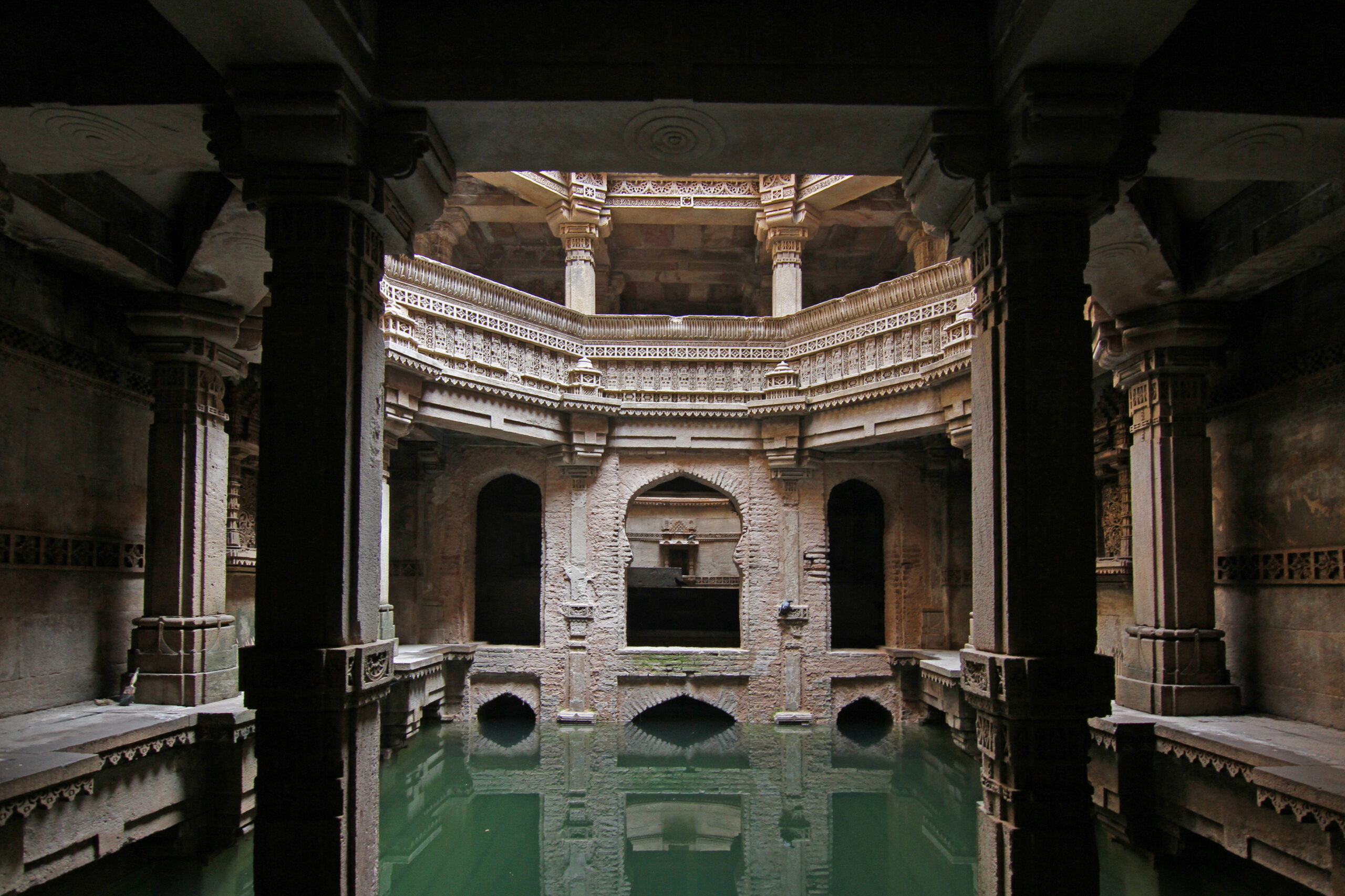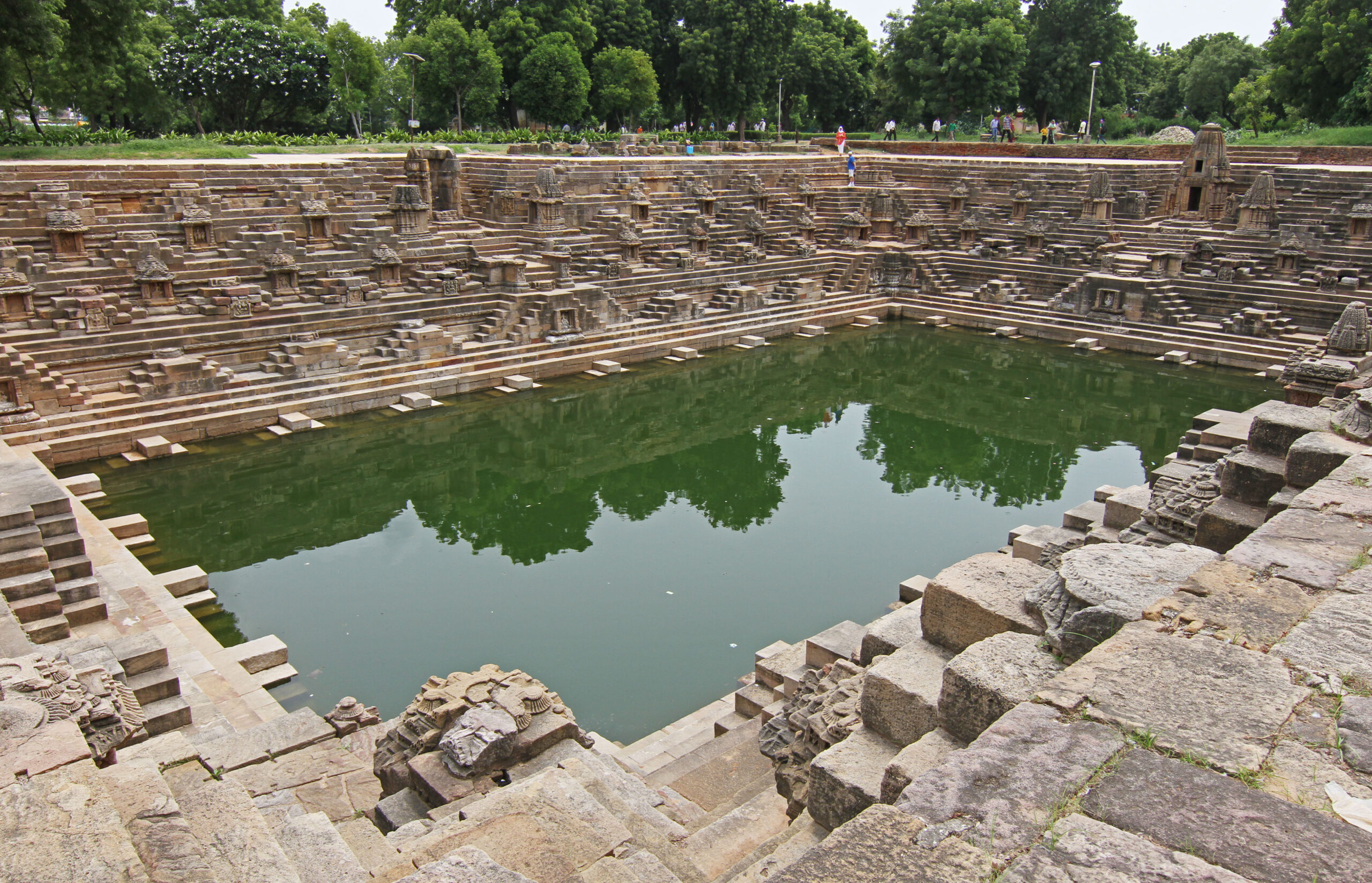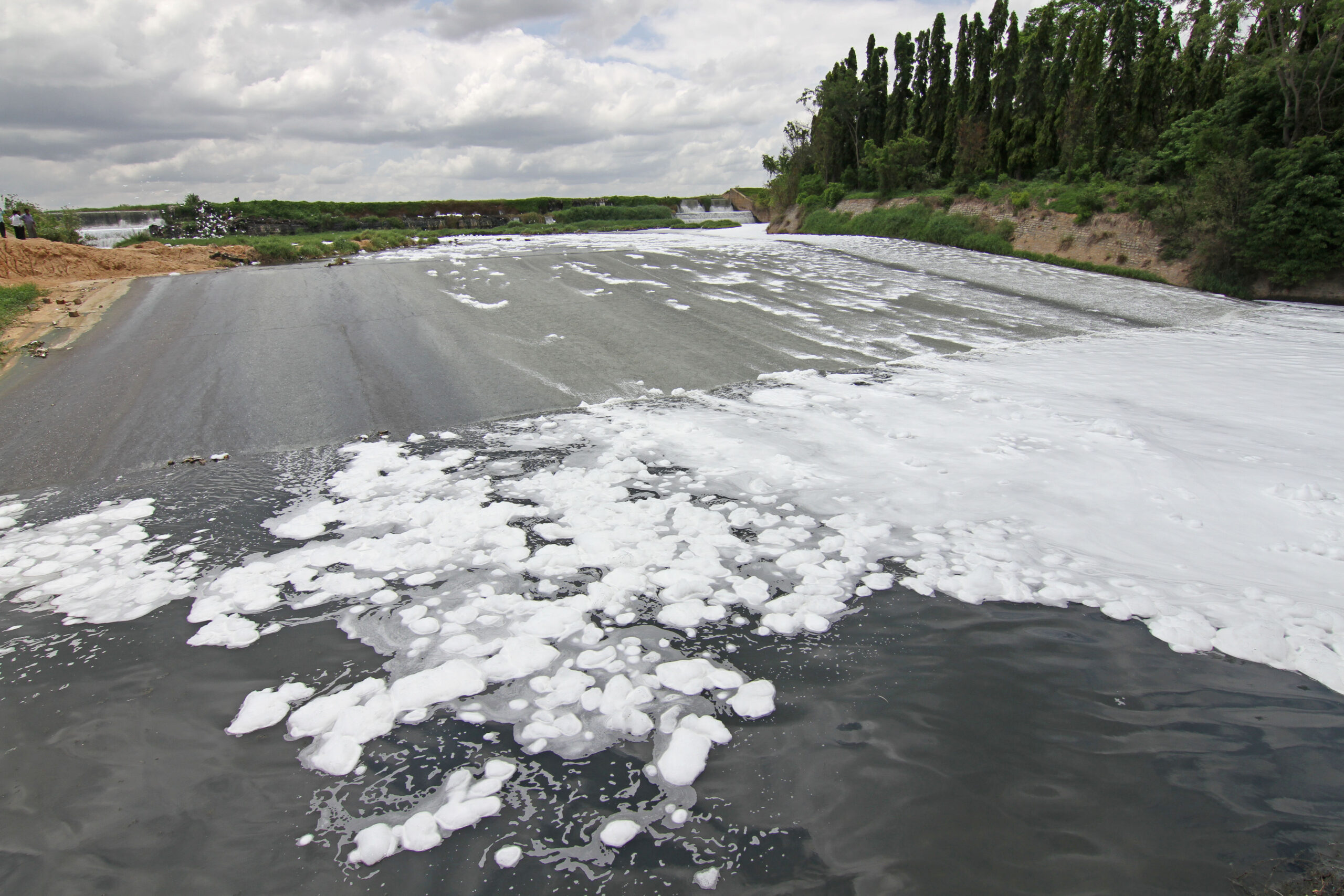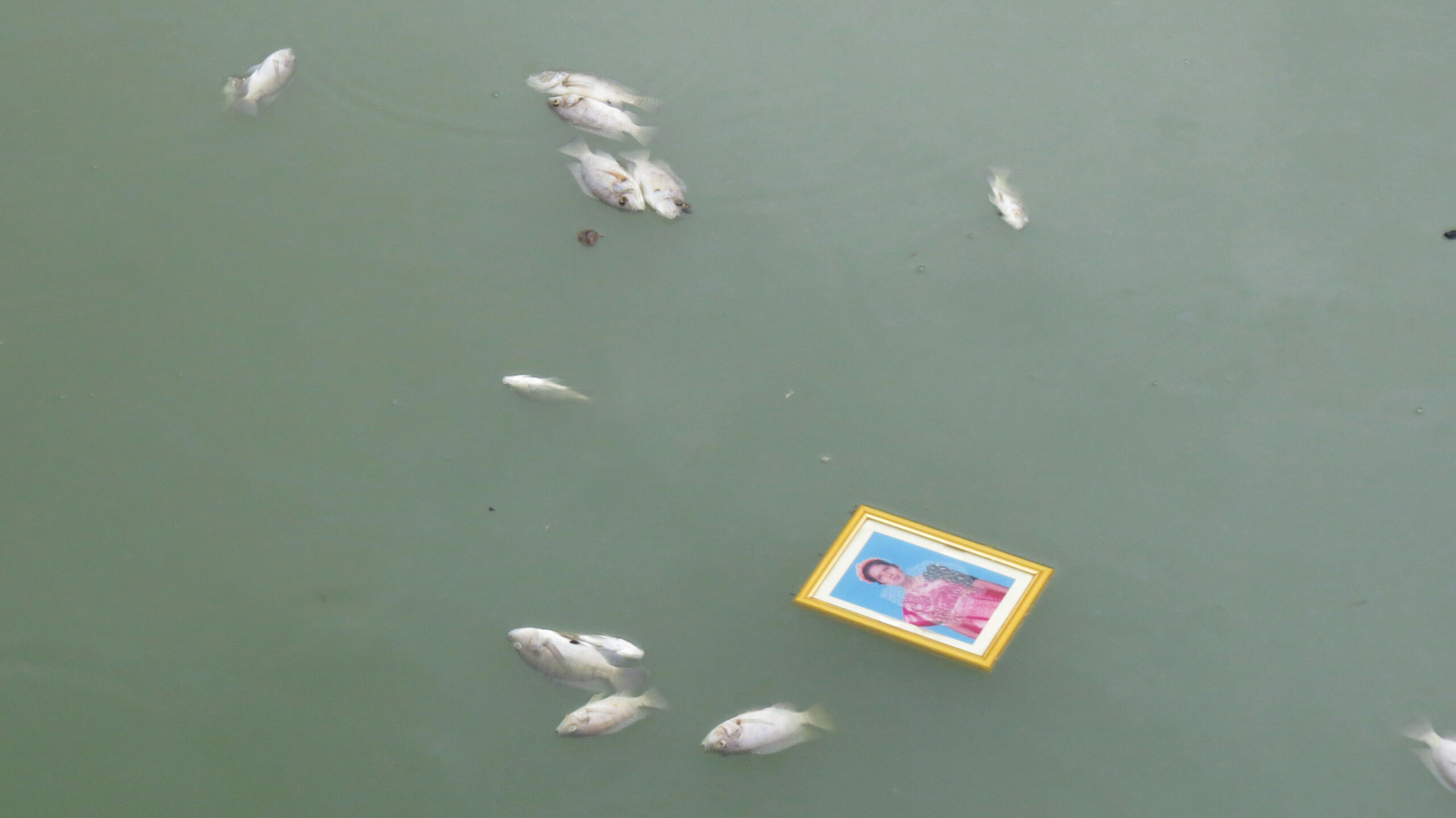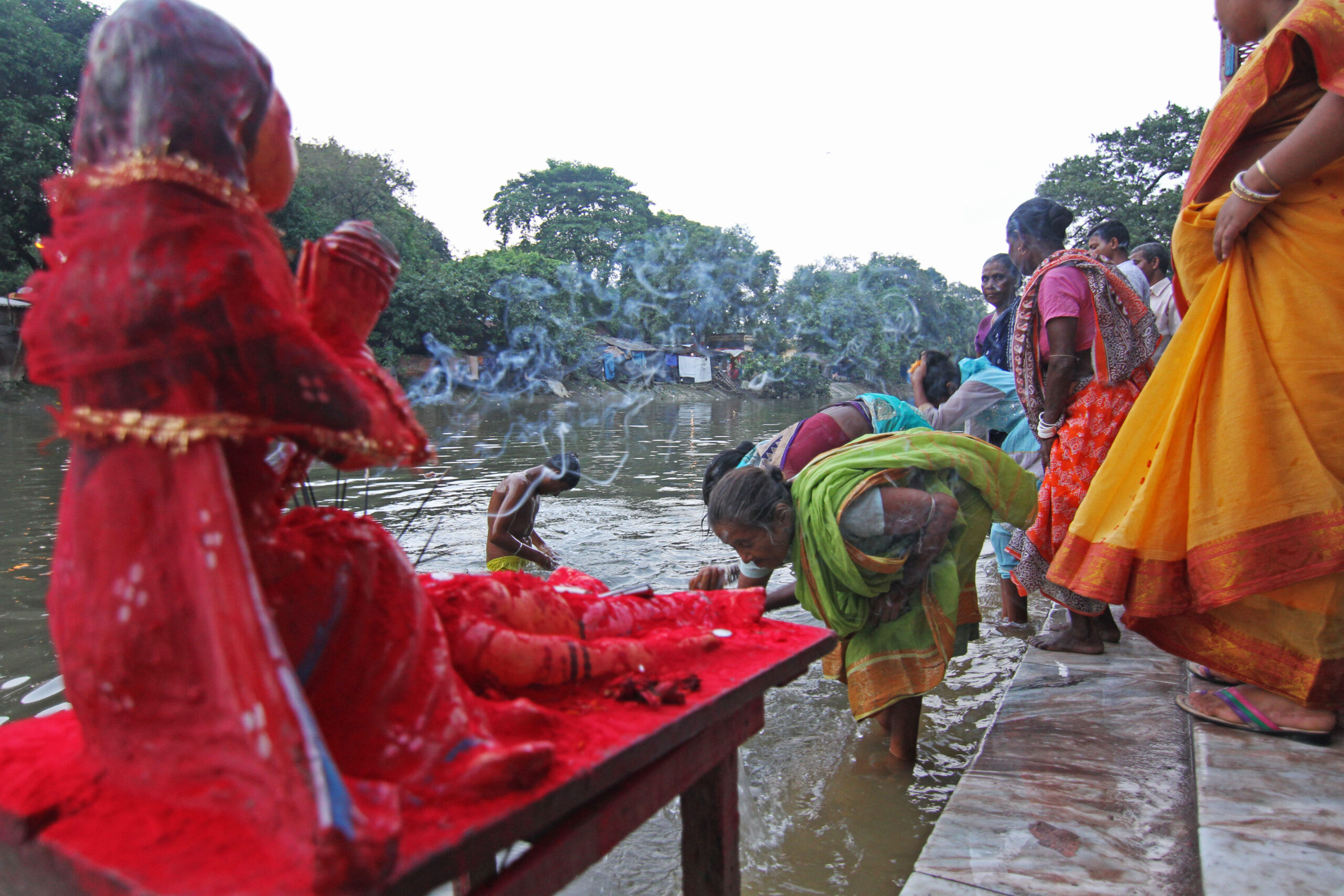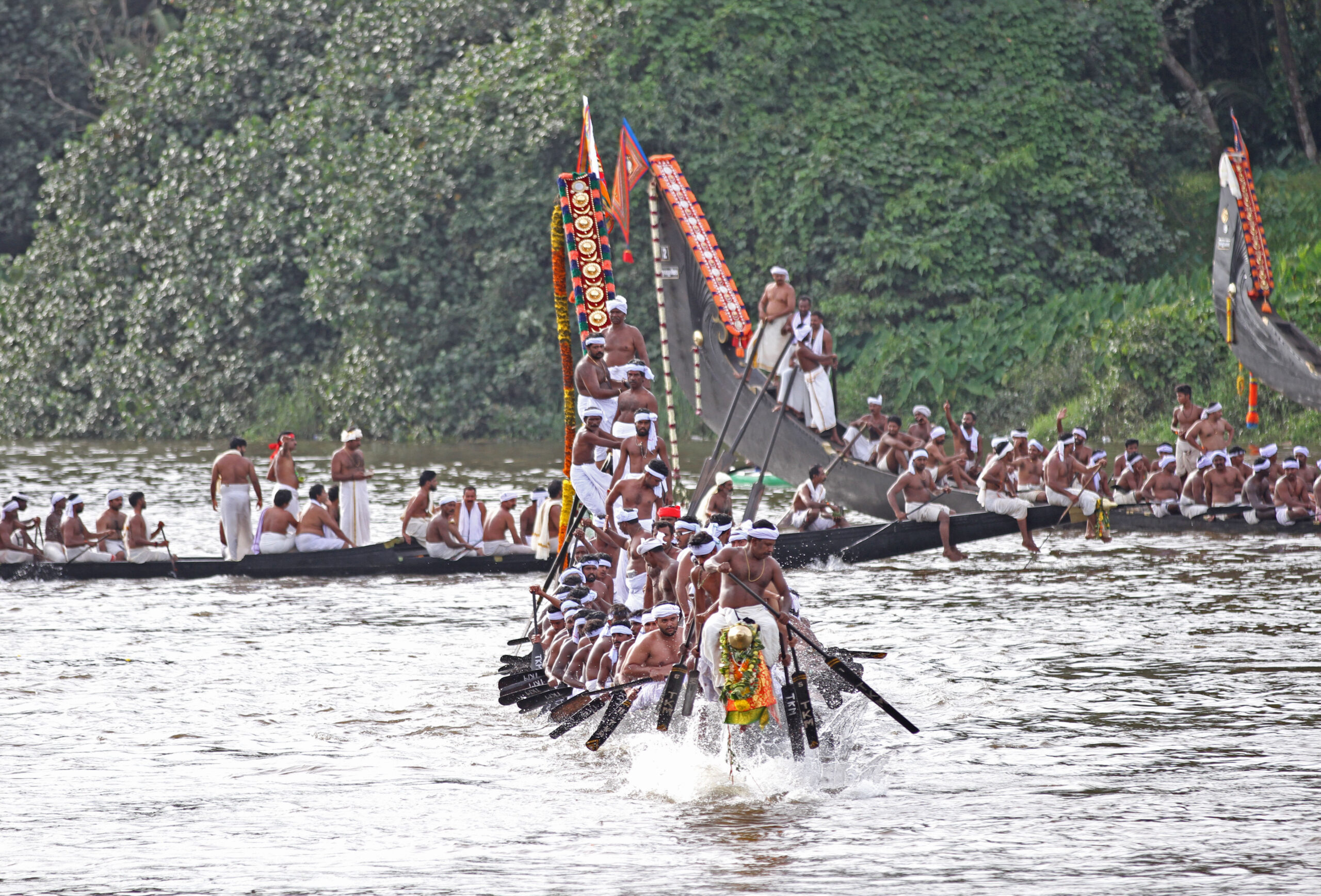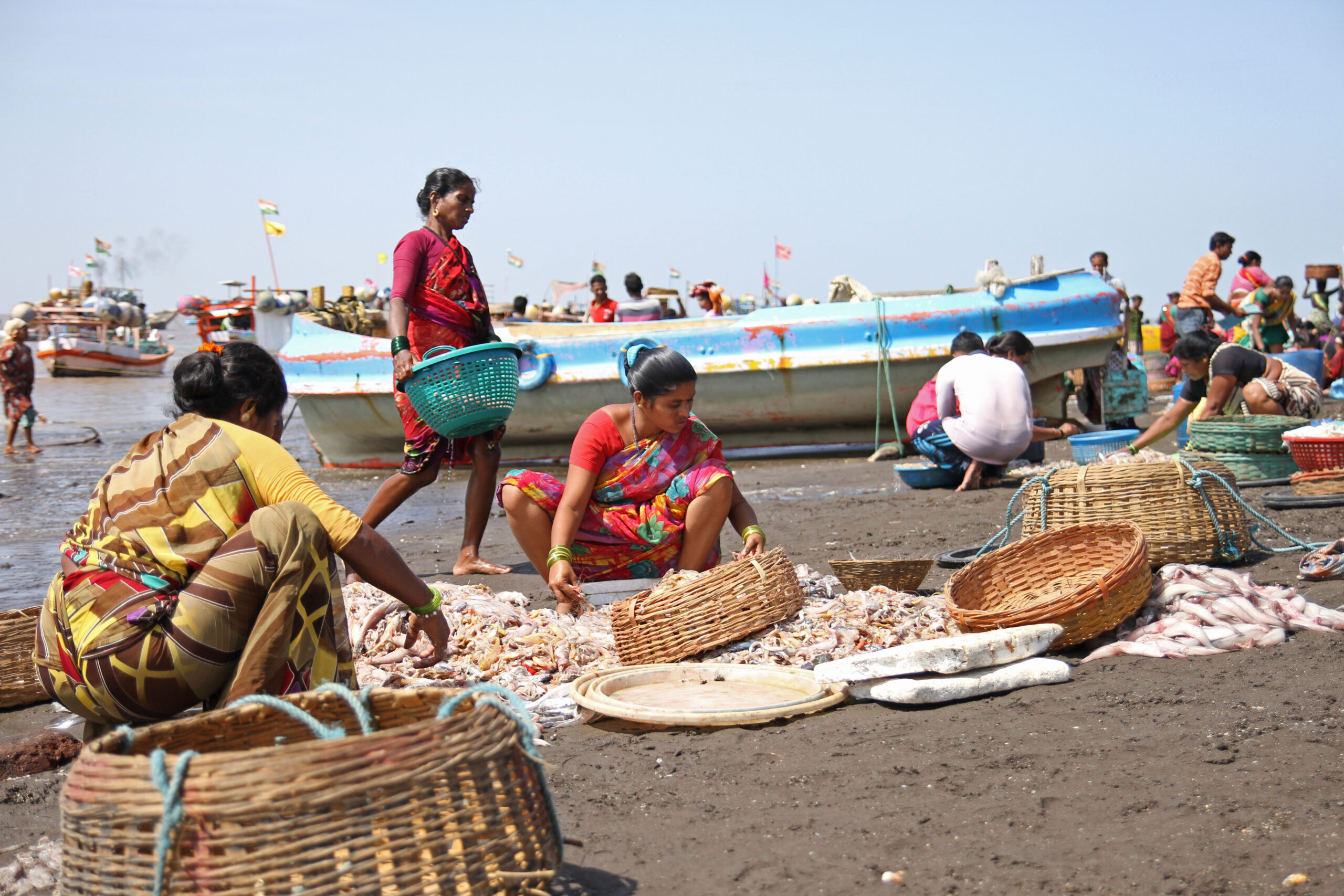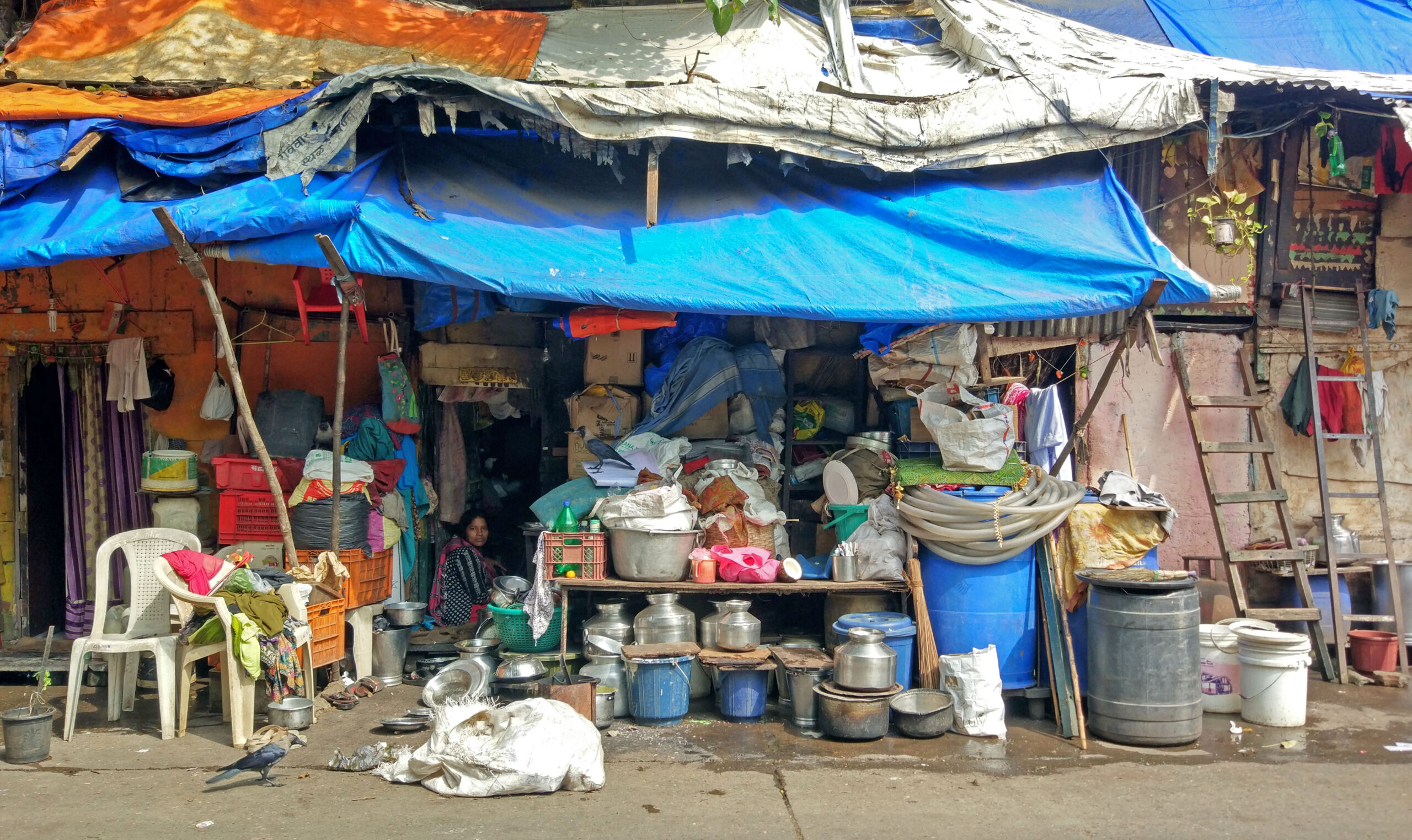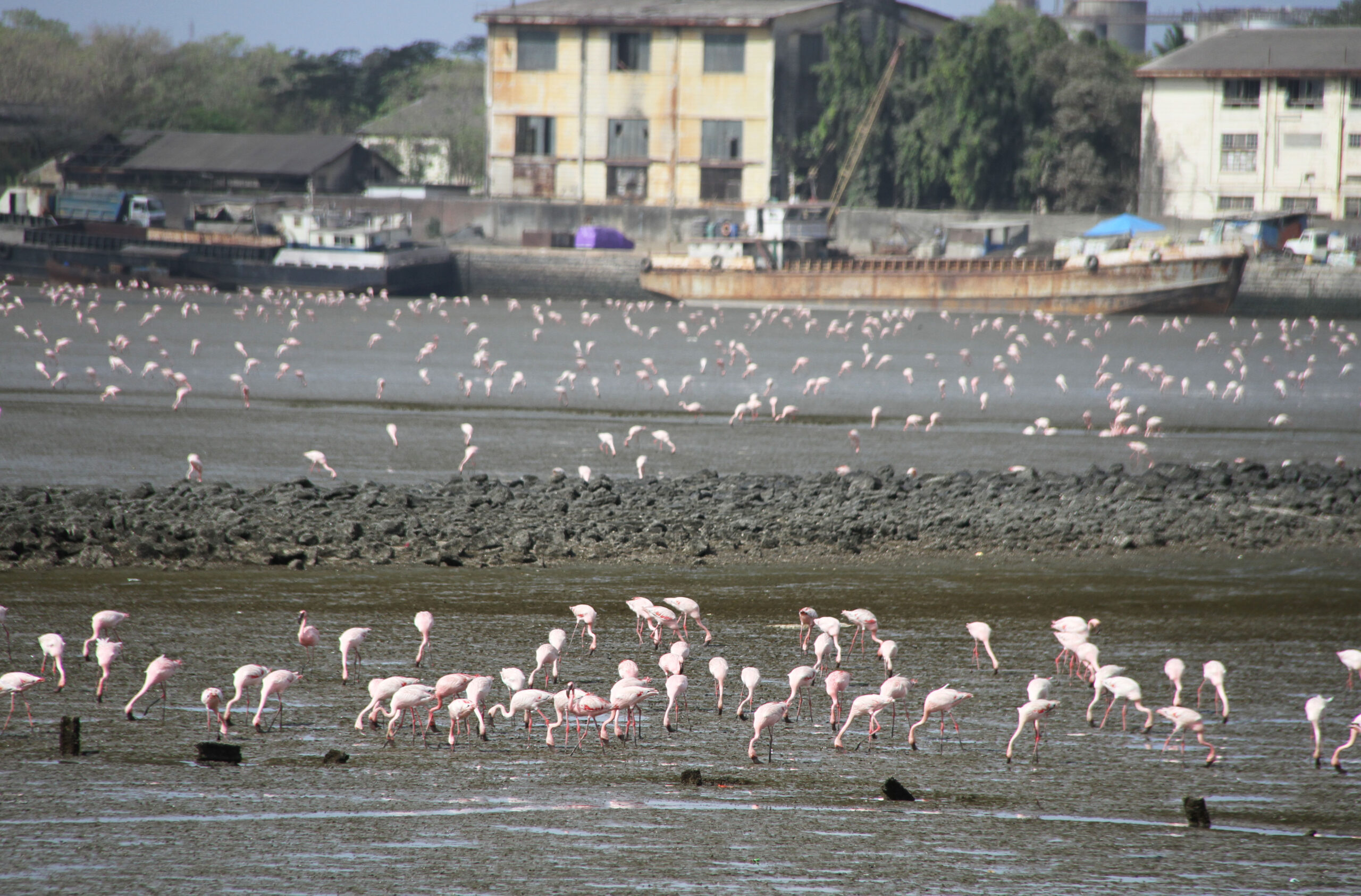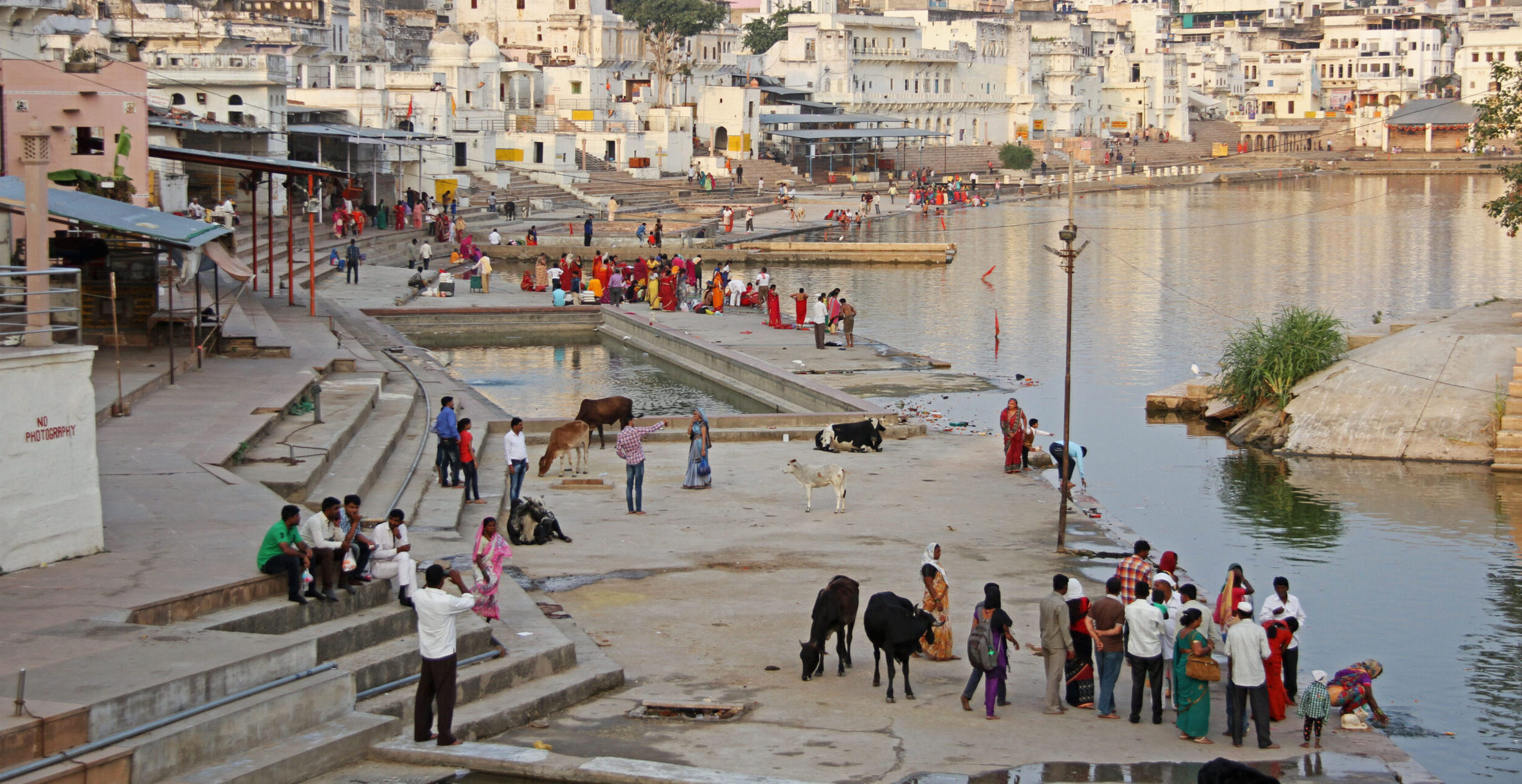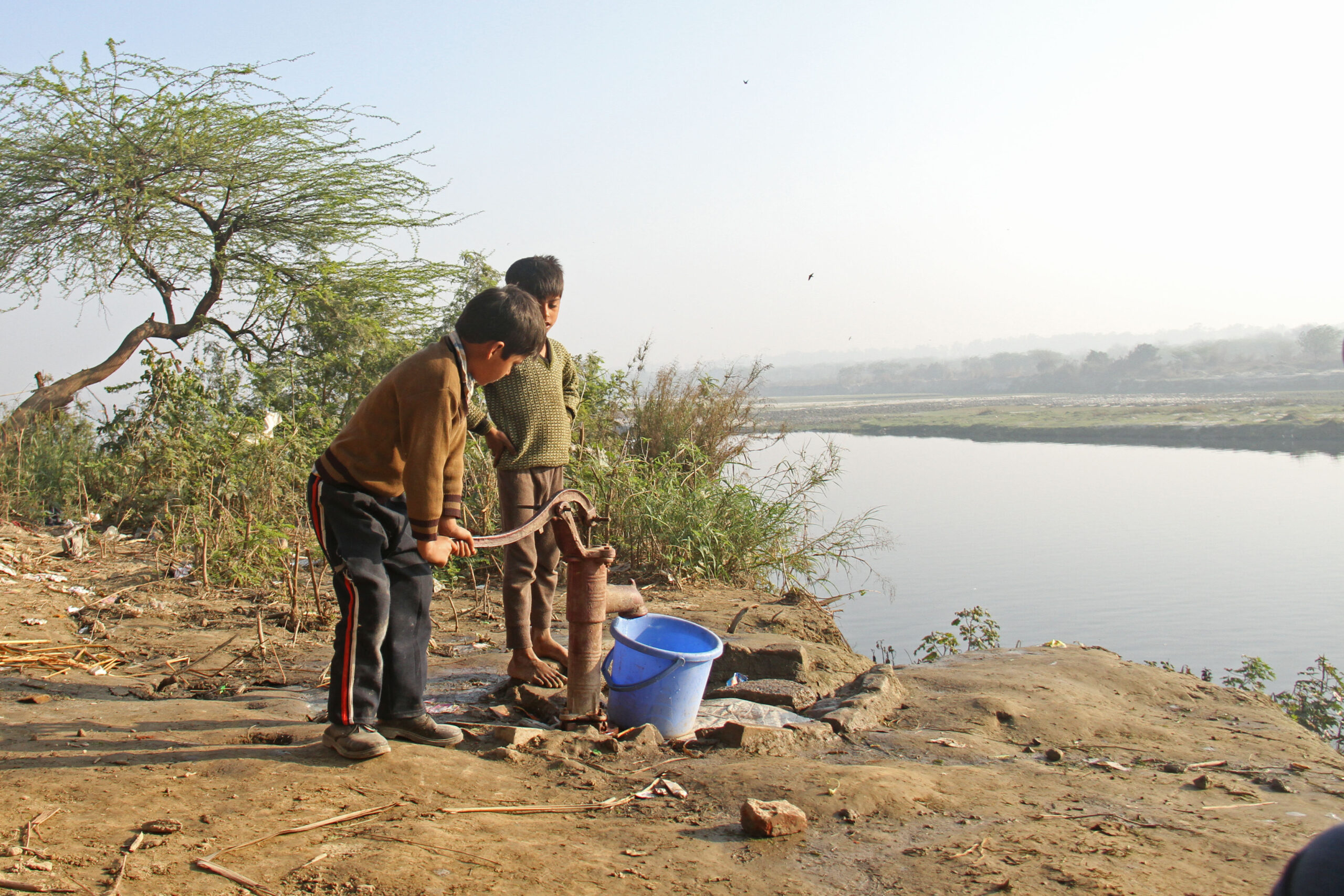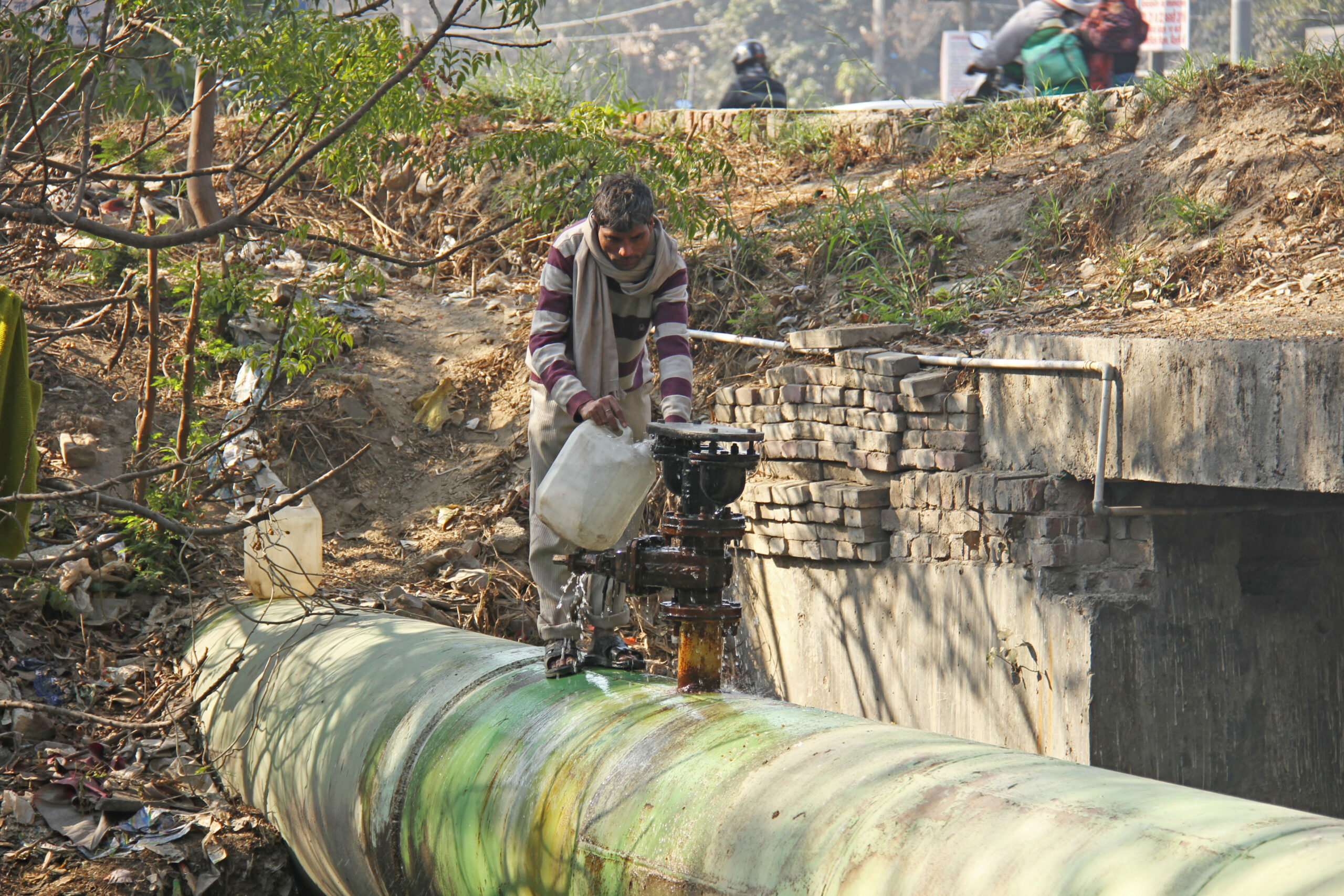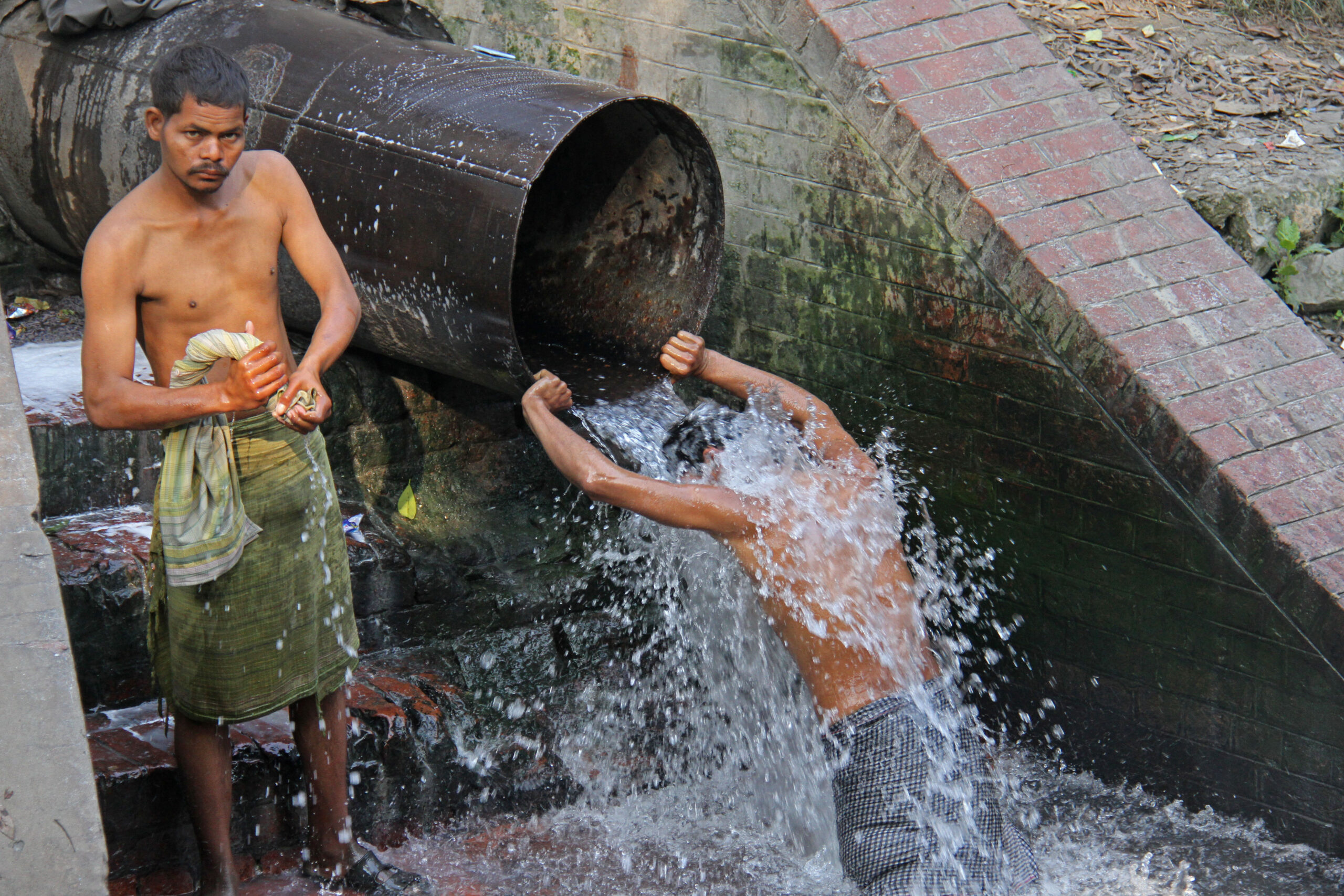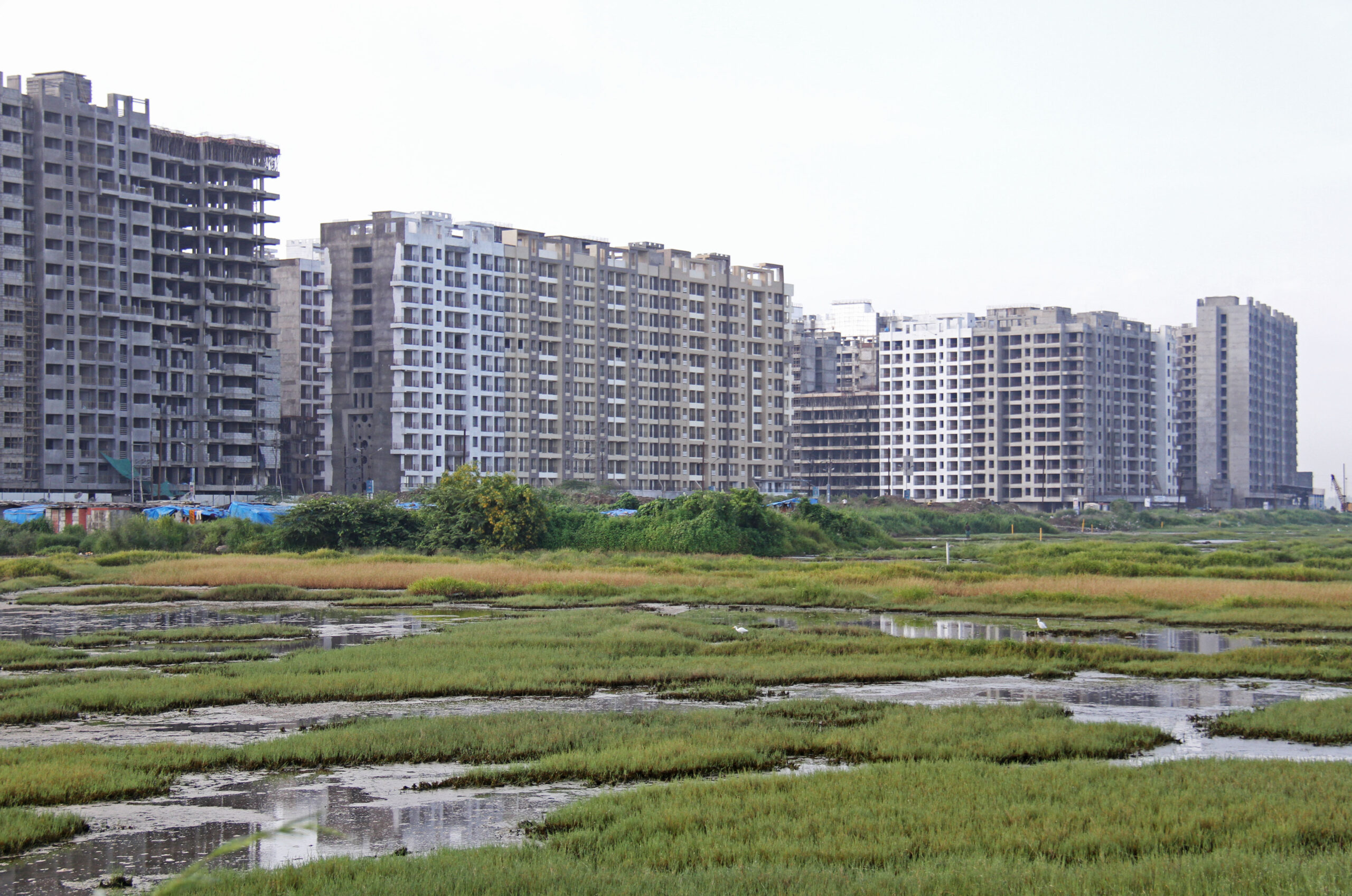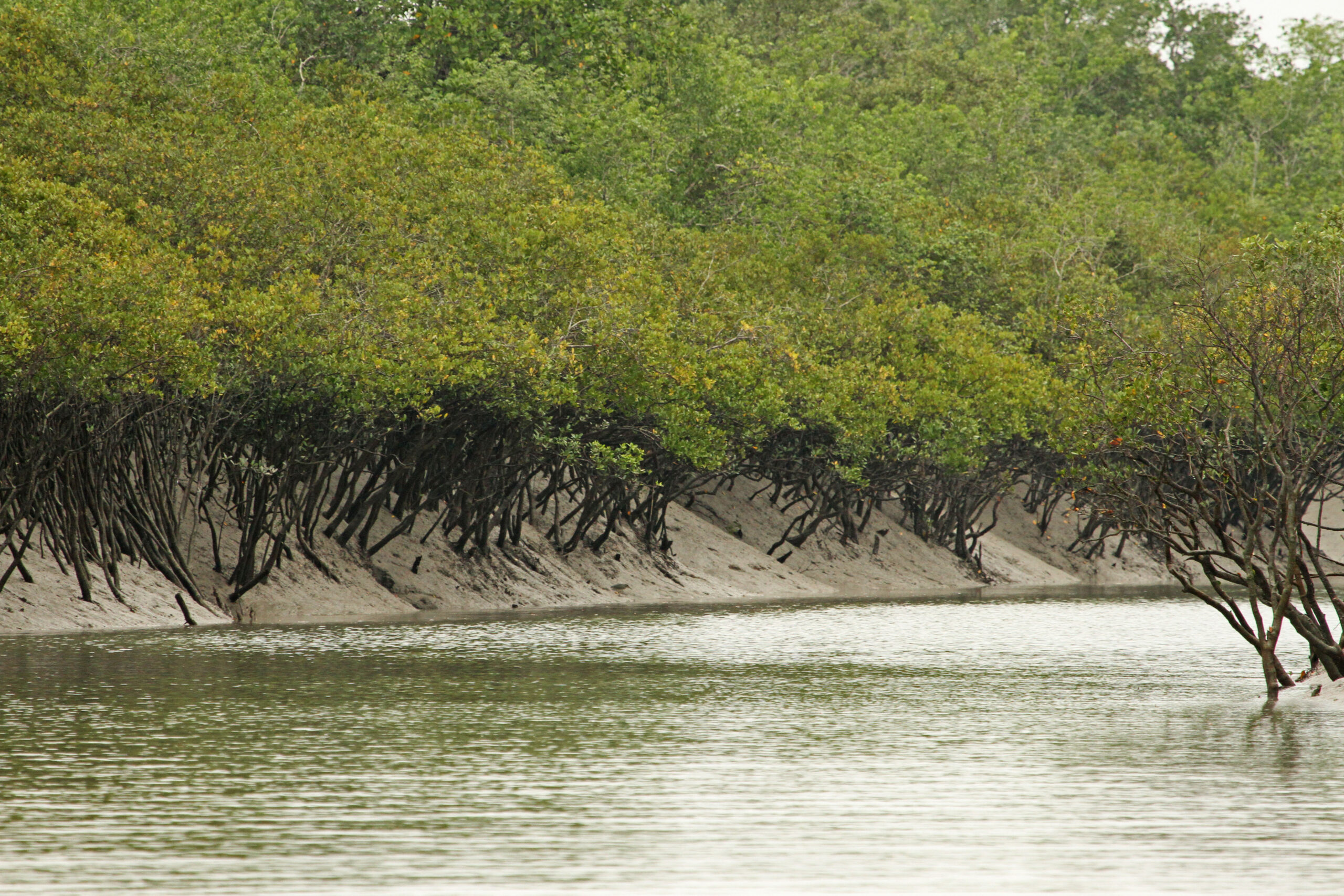Indian cities face unprecedented rapid population growth and uncontrolled distribution patterns of where this growing population centres itself resulting in increasing resource demand and diffused pollution. The degree of these pressures and effects vary seasonally but is mostly characterised by a wide range of uncertainty on the long term. In many Indian secondary cities water supply, sanitation and drainage services are not equally quantitatively and qualitatively available and accessible to all, depending on people’s profile in terms of gender, income, location and form of residence, among others. Simultaneously, a limited access to and availability of fresh water and an obstruction of natural waterways and floodplains, jeopardize both human and ecological health as waste water is operationalised as a water source, groundwater sources deplete and infiltration capacities diminish. It highlights contrasting adaptation needs. Secondary cities in India in general require adaptation, characterised by urgency, addressing current shortcomings, absences and deficits in infrastructures that in less pressured cities or cities with further developed water management infrastructure are already adequate or close to adequate. All cities globally require adaptation, characterized by uncertainty, to long term changes due to social, economic and climatic changes. When in need of both types of adaptation, the two types often interfere with each other and lead to expenditure, inefficiency and missed opportunities as the adaptation approach embraced in contexts like India is often sequential instead of integrated.
Similarly, the establishment of state-of-the-art urban water management techniques and interventions shows a disconnect to the Indian context. Communities in India often already benefit from and are heavily dependent on access to the ecosystem services that these techniques offer, like food, fuel, fresh water, shade, tourism or spiritual and religious values. However, they can be affected by the potential declining quantity and quality of these services and can be exposed to ecosystem disservices, like flood risk and vector-borne diseases. Even increased land values could pose threats for these communities.
In looking for a suitable way to address these challenges, a paradigm shift in urban water management is required. The Water Sensitive City (WSC) concept embraced by W4C programme builds on previous paradigms’ (e.g. Integrated Urban Water Management and Sustainable Urban Water Management) integrated approaches and normative values of environmental protection, equity, rehabilitation and sustainability with essential water services, including supply security, flood control and public health. The WSC vision also addresses goals of other sectors – such as food security, energy savings and resilience to climate change – and highlights in particular the human dimension – including liveability and the role of social cohesion, local communities and governance. To facilitate translation of the WSC vision into the local contexts of Indian cities, we formulate three process-driven pillars for a WSC. These pillars allow to describe, explain and evaluate a WSC in terms of 1) what it is that should become water sensitive (water sensitivity ‘of what’), 2) what a WSC means in a particular context (water sensitivity ‘for what, and for whom’), and 3) how a WSC can be achieved (water sensitivity ‘how, and by whom’).
